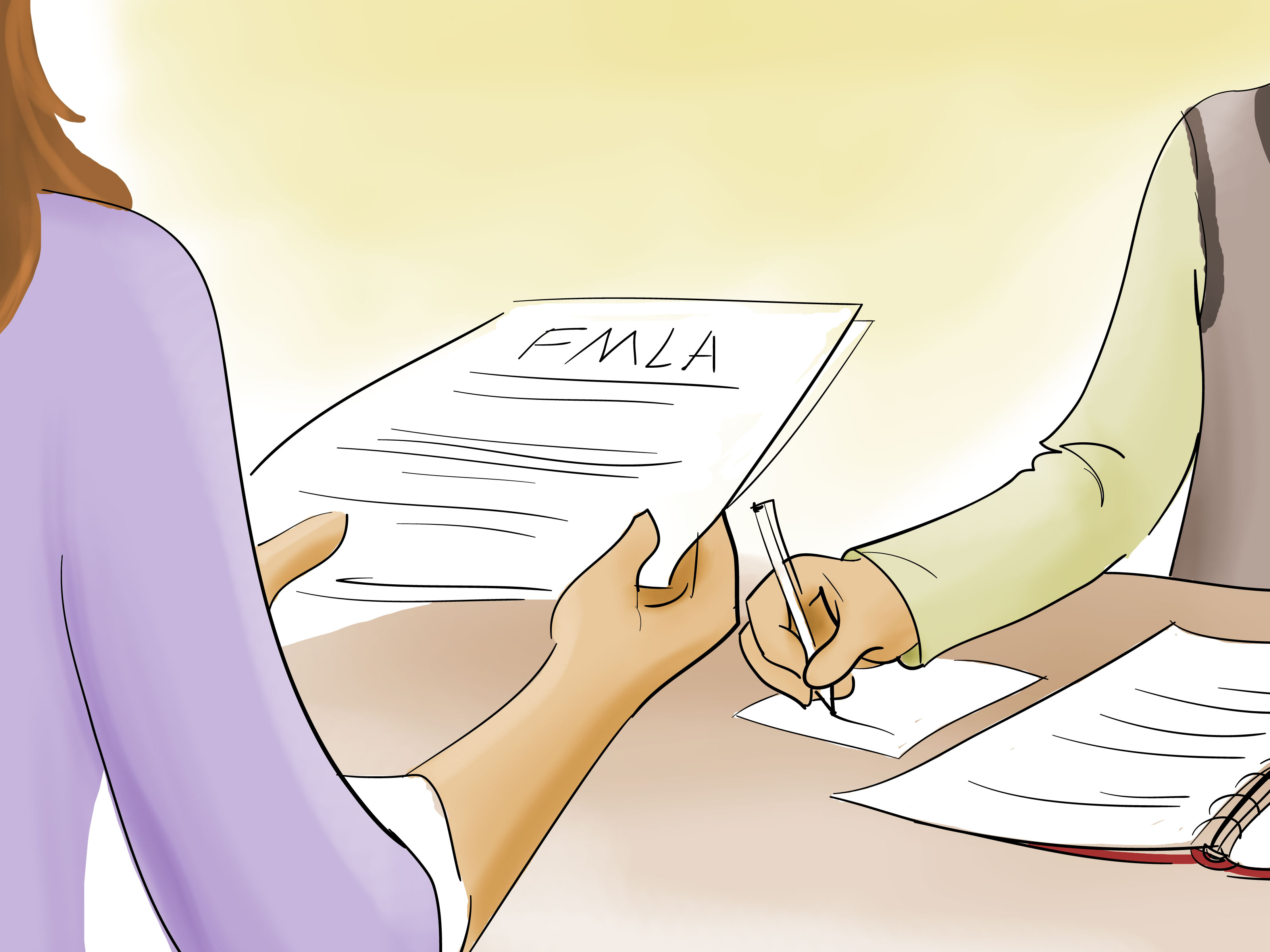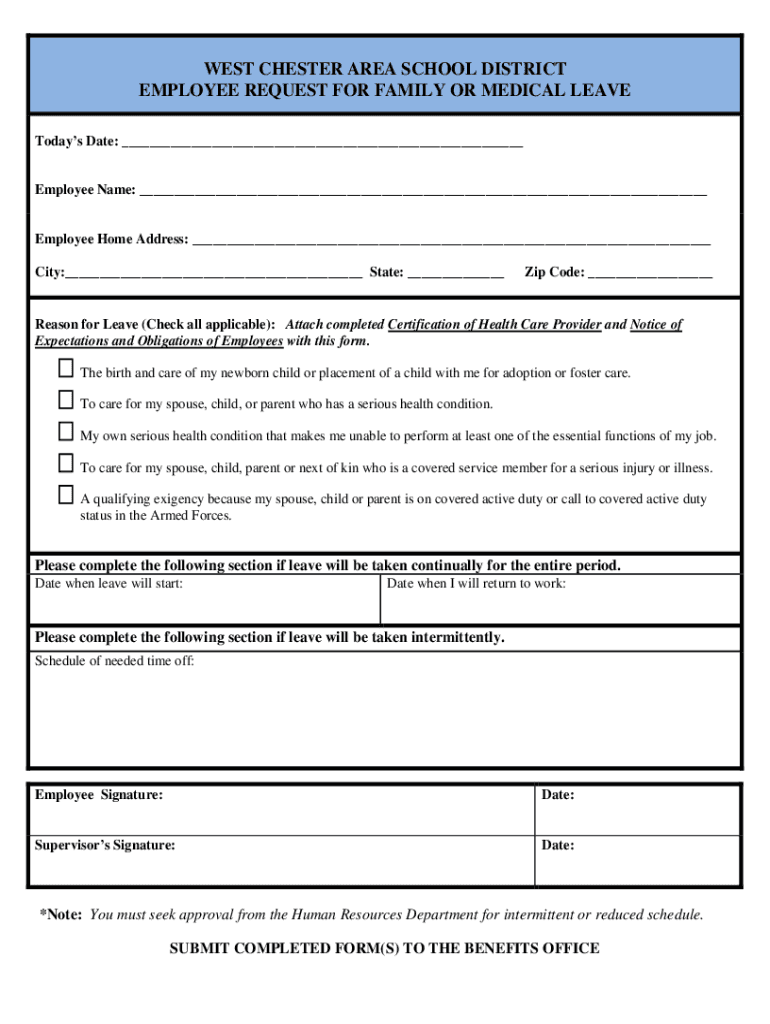FMLA Paperwork for Childbirth: Step-by-Step Guide

When a new addition to the family is on the way, planning your time off under the Family and Medical Leave Act (FMLA) can be both exciting and complex. Proper preparation and understanding of the FMLA process ensure that you're ready to welcome your child without the added stress of navigating complicated paperwork. This comprehensive guide will walk you through each step of the FMLA paperwork process for childbirth, ensuring you're prepared for this special time.
Understanding FMLA Leave for Childbirth

FMLA provides eligible employees with up to 12 weeks of unpaid, job-protected leave for family and medical reasons, including childbirth and care for a newborn. Here’s what you need to know:
- Eligibility: Employees must have worked for their employer for at least 12 months, have at least 1,250 hours of service during the previous 12 months, and work at a location where the company employs 50 or more employees within 75 miles.
- Reasons for Leave: Childbirth, adoption, or foster care placement, caring for a spouse, child, or parent with a serious health condition, and a serious health condition that makes the employee unable to perform their job.
Step 1: Determine Eligibility

The first step in the FMLA process is to confirm your eligibility. Here’s how:
- Check your employment duration and hours worked.
- Contact your HR department to discuss your eligibility for FMLA.
Step 2: Notify Your Employer

Once you’ve confirmed your eligibility, you must notify your employer about your intent to take FMLA leave:
- Do this as soon as you know about your pregnancy or planned childbirth to allow for adequate planning.
- Provide at least 30 days’ notice before your expected leave date if it’s foreseeable.
- If the birth is not foreseeable, provide notice as soon as possible.
Step 3: Obtain FMLA Paperwork

Your employer will provide you with the necessary FMLA forms:
- Form WH-380E: Certification of Health Care Provider for Employee’s Serious Health Condition
- Form WH-380F: Certification of Health Care Provider for Family Member’s Serious Health Condition
- Company-specific forms might also be required.
Step 4: Complete and Submit Paperwork

Filling out the forms accurately is crucial:
- Employee: Fill out the employee sections of the WH-380E or WH-380F form, providing personal and employment information.
- Healthcare Provider: Your healthcare provider completes their section, detailing your condition and estimated time off work.
- Submit the completed forms to your HR department within 15 calendar days.
🔍 Note: If there's a delay in obtaining medical certification, inform your employer in writing and explain the reason for the delay.
Step 5: Review and Approval

Your HR department will review your request:
- They might request additional information or clarification.
- Upon approval, they will confirm your leave, including start date, duration, and any company-specific policies.
Step 6: Managing Your Leave

With your leave approved:
- Plan for your leave, possibly in intermittent blocks if necessary.
- Consider your options for paid leave, such as vacation or disability insurance.
💡 Note: Make use of any additional benefits your company might offer, like short-term disability or maternity leave policies, to supplement your unpaid FMLA leave.
Step 7: Returning to Work

When your leave ends:
- Notify your employer about your return date.
- Discuss any necessary job modifications or adjustments due to childbirth or other reasons.
Properly navigating the FMLA paperwork process ensures that you can take the time you need without financial or job security concerns. Planning in advance, communicating effectively with your employer, and understanding your rights and obligations under FMLA all contribute to a smoother leave experience. Whether you're planning for a natural childbirth, adoption, or foster care placement, the steps outlined in this guide will prepare you for this significant life event. By approaching this process with care and attention to detail, you set the stage for a joyful and well-supported period of parental leave.
What if my employer denies my FMLA request?

+
If your employer denies your FMLA request, they should provide a reason. You can appeal this decision or consult with legal counsel to ensure your rights are protected.
Can I use FMLA leave for prenatal appointments?

+
Yes, you can use intermittent leave under FMLA for prenatal care, but ensure you communicate these needs with your employer in advance.
How can I estimate the amount of leave I’ll need?

+
Work with your healthcare provider to estimate the time off needed for both prenatal care and recovery post-childbirth. Consider any additional time for bonding with your newborn.
What happens if my leave extends beyond the expected duration?

+
If your medical condition or childbirth recovery requires additional time, consult with your healthcare provider for updated medical certification and communicate this to your employer.
Can my employer require me to use vacation or sick leave during my FMLA leave?

+
Yes, employers can require employees to use accrued paid leave (like vacation or sick days) concurrently with FMLA leave to make it paid leave, as per company policy.



